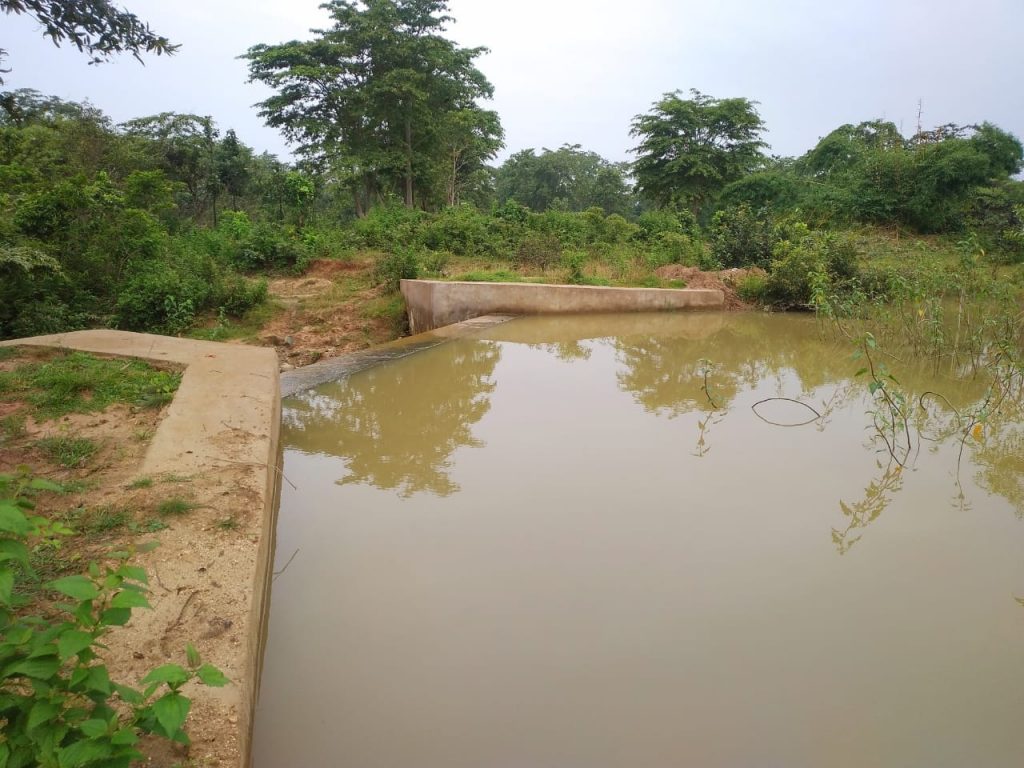There are 33 elephant reserves across 14 Indian states, but these mainly serve administrative purposes and lack the importance of tiger reserves. This is worrying as deaths and injuries due to human-elephant conflicts have increased over the years, writes Deepanwita Gita Niyogi
The Singhbhum Elephant Reserve created in 2001 is the first reserve for the management and conservation of India’s heritage animal. Covering an area of 13,440 sq km, it is spread over West Singhbhum, East Singhbhum and Seraikala-Kharsawan districts of Jharkhand. The reserve was set up as part of Project Elephant started in 1992 by the Centre.
India has 27,000 elephants. The species has been accorded the highest level of protection under the Wildlife Protection Act, 1972. There are 33 elephant reserves across 14 Indian states. But elephant reserves mainly serve administrative purposes and lack the importance of tiger reserves. The investment in elephant conservation is also minimal compared to tiger protection. This is worrying as deaths and injuries due to human-elephant conflicts have increased over the years.
Elephant habitats are often surrounded by human habitations, tea gardens, mines, roads and railways. This gives rise to conflicts. In the paddy-growing states, farmers experience crop loss during the harvest season. To ward off elephant raids and avert crisis, communities have taken innovative steps in various parts of the country. In a few places, farmers are growing lemongrass and chilli not favoured by elephants. Some are also experimenting with bee-hive fencing in their farms. These have been successful to an extent.
Apart from these measures, elephant-proof trenches, installation of boards at strategic points for warning people about chance encounters after dusk and the deployment of trackers to minimise encounters are on. But there is a need to create suitable elephant habitats for a permanent solution.
Rudra Prasanna Mahapatra, who works in the Wildlife Trust of India, said it is difficult to protect elephants by just creating reserves. They are long-ranging animals and their territory is extended as compared to that of tigers. “As the animals travel for almost 60-100 km, it is difficult to confine elephants to a single place. That is why corridors creating movements between two patches of forests are vital,” he said. He added that the Singhbhum area is neglected because of the presence of mines and insurgency issues.
Singhbhum also comprises the Saranda forest division which is losing its ecological value due to mining. The Sal-dominated Saranda forest is home to elephants. But as a result of broken corridors and forest fragmentation, elephants from Jharkhand are moving towards neighbouring states, resulting in human-elephant conflict.
From 2020-21 to 2022-23, 10 deaths and 19 injuries were reported while crop damage cases amounted to 1092 in the Chaibasa Forest division of Singhbhum region. Compensation paid for injuries stands at Rs 6,55,000 and the amount paid for deaths amounts to Rs 37,73,617.
Are elephant reserves adequate?
Right from its inception, Project Elephant has not been much in focus. Jharkhand-based conservationist and wildlife historian Raza Kazmi said nothing much has been achieved from the Singhbhum Elephant Reserve because of its irrational size (13, 440 sq km which includes non-forest areas to the tune of 8,910 sq km) and the fact that elephant reserves as entities are weak in nature.
“Elephant Reserves are artificial administrative categories created under Project Elephant to get funds and have no statutory backing. These are not protected areas. The funding provided under Project Elephant is inadequate compared to the geographical extent of elephant reserves and the resources needed to manage them. Project Elephant offices in states are either non-existent or understaffed,” he added.
There are six divisions in the Singhbhum area, Chaibasa being one of them. The famed Dalma Wildlife Sanctuary is also part of the Singhbhum elephant reserve. Chaibasa DFO Satyam Kumar said the entire Singhbhum area is a notified elephant reserve. As part of the management plan, the forest department is thinking of greening elephant corridors after consultation with communities to reduce human-animal conflict. Kumar stated that in every herd, calves have been spotted in recent years and ruled out the paucity of funds. As part of Project Elephant in the Chaibasa forest division, from 2019-20 to 2021-22, fund allotment has been Rs 47.57 lakh. Four water harvesting structures have been created. Silviculture and plantation activity have also been carried out.
Suitable habitats for elephants

A WWF report, The Critical Need for Elephant Reserves, highlights how discussion about the management of elephant reserves can reconcile conservation with development, a key issue in present times. It cites the instance of the Shivalik Elephant Reserve in Uttarakhand to demonstrate the importance of protection offered by elephant reserves in a country which is undergoing rapid infrastructure development.
There was a proposal for the de-notification of the Shivalik elephant reserve for airport expansion which was later dropped. The reserve was identified in 1991-92 under Project Elephant to not only reduce human-animal conflict but also to rehabilitate elephants formerly held captive. The WWF report states that elephant reserves do offer “a thin added layer of de facto protections”.
As a solution so that the Singhbhum Elephant Reserve can work better, Kazmi said elephant movement in areas like Singbhum needs regulation of the mining industry, protection of existing corridors, focus on conflict management by increasing the number of forest staff, utilisation of technological interventions to prevent the ingress of elephants in human settlements and awareness generation among communities to allow safe passage to the animals.
Jharkhand-based wildlife expert DS Srivastava pointed out the lack of an elephant management plan in the state. “Elephant projects are a non-priority. When it comes to the Singhbhum Elephant Reserve, care is only in Dalma, which is a sanctuary, and nowhere else. As there is frequent elephant movement across Bihar, Odisha, West Bengal, Chhattisgarh and Jharkhand, there should be a consolidated effort among these states. Bengal has built trenches to prevent elephants from entering, but the animals are using new routes to reach old places in their memory, thus giving rise to conflict.”












